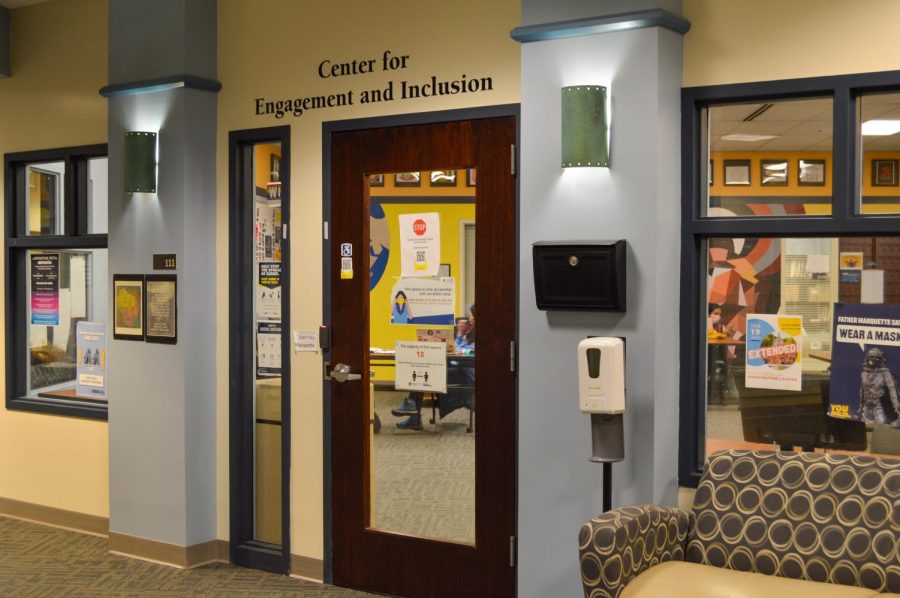The Metropolitan Milwaukee Fair Housing Council and other fair housing groups from around the country filed a complaint on Oct. 23 against Bank of America, accusing the bank of housing discrimination.
The complaintants observed 45 Bank of America real estate-owned properties. Thirty of the properties were located in predominatly black neighborhoods, nine were in predominatly non-white neighborhoods and six in predominatly white neighborhoods, according to the complaint.
The complaint followed an undercover investigation which found that the bank maintains and markets foreclosed homes in white neighborhoods better than in black and Hispanic neighborhoods in Chicago, Indianapolis and Milwaukee, according the National Fair Housing Alliance’s website.
The MMFHC filed the complaint with the U.S. Department of Housing and Urban Development. It is part of an amended complaint NFHA and seven other agencies filed earlier this month about how Bank of American differently maintains and markets properties of white, black and Hispanic neighborhoods across the country, according to the organization’s website.
The official complaint issued by NFHA accused Bank of American of having “a systematic and particularized practice of engaging in differential treatment in maintaining and/or marketing its (real estate-owned) properties on the basis of race, color and/or national origin.”
In Milwaukee, the investigation found that 51 percent of Bank of America-owned homes in communities of color had more than five maintenance or marketing problems. Eighty seven percent did not have a “for sale” sign, according to the complaint.
“Good neighbors are considerate: they take care of their yards, pick up their trash and care for their neighborhoods,” said Shanna Smith, president and CEO of the National Fair Housing Alliance, in the NFHA press release. “Bank of America is not a good neighbor in communities of color.”
William Tisdale, president and CEO of the Metropolitan Milwaukee Fair Housing Council, said the maintenance of these homes has rested largely on other residents in the area.
“Neighbors living near Bank of America properties in African-American and Latino neighborhoods often report having to mow the lawn of the bank-owned home or clean up trash that has spilled onto nearby properties,” Tisdale said in the press release. “Without the intervention of these responsible neighbors, we can only venture to guess how much worse the bank-owned homes would look.”
Tisdale said the lack of curb appeal hurts not only the foreclosed homes but other neighbors.
Bank of America officials could not be reached for comment.
Tisdale said the MMFHC and other complaintants are not demanding changes in state law regarding banks’ relationships to their properties because there are already several laws in place to prevent housing discrimination.
State budget cuts have limited the resources officials can use to investigate housing discrimination cases, but the City of Milwaukee is trying to hold the owners and lenders of these vacant houses accountable through city ordinances.
“Within 30 days, lenders and homeowners have to register a vacant building so the city can check up on it,” Tisdale said. “The number of these houses it just overwhelming, though.”
Tisdale said housing discrimination has a direct link to segregation in Milwaukee.
“If you can’t get a mortgage based on your race … those are the types of things that restrain a person’s free choice of housing,” he said.
Tisdale said action taken against housing discrimination will help property values and community self-worth in the long run.
“If they’re all (maintained and marketed) equally, there’s a greater likelihood that there will be a higher demand for homes in non-white neighborhoods,” he said.










